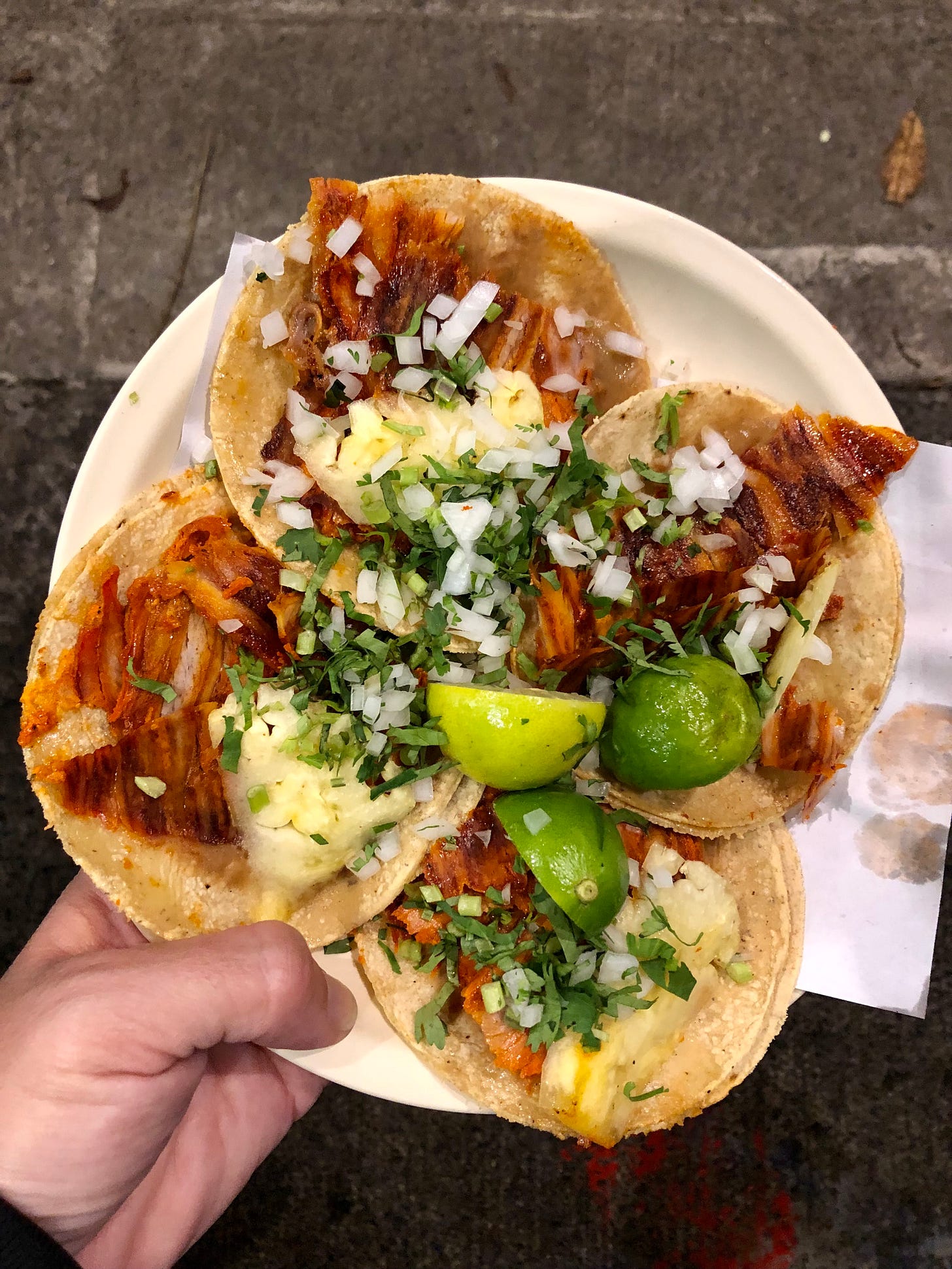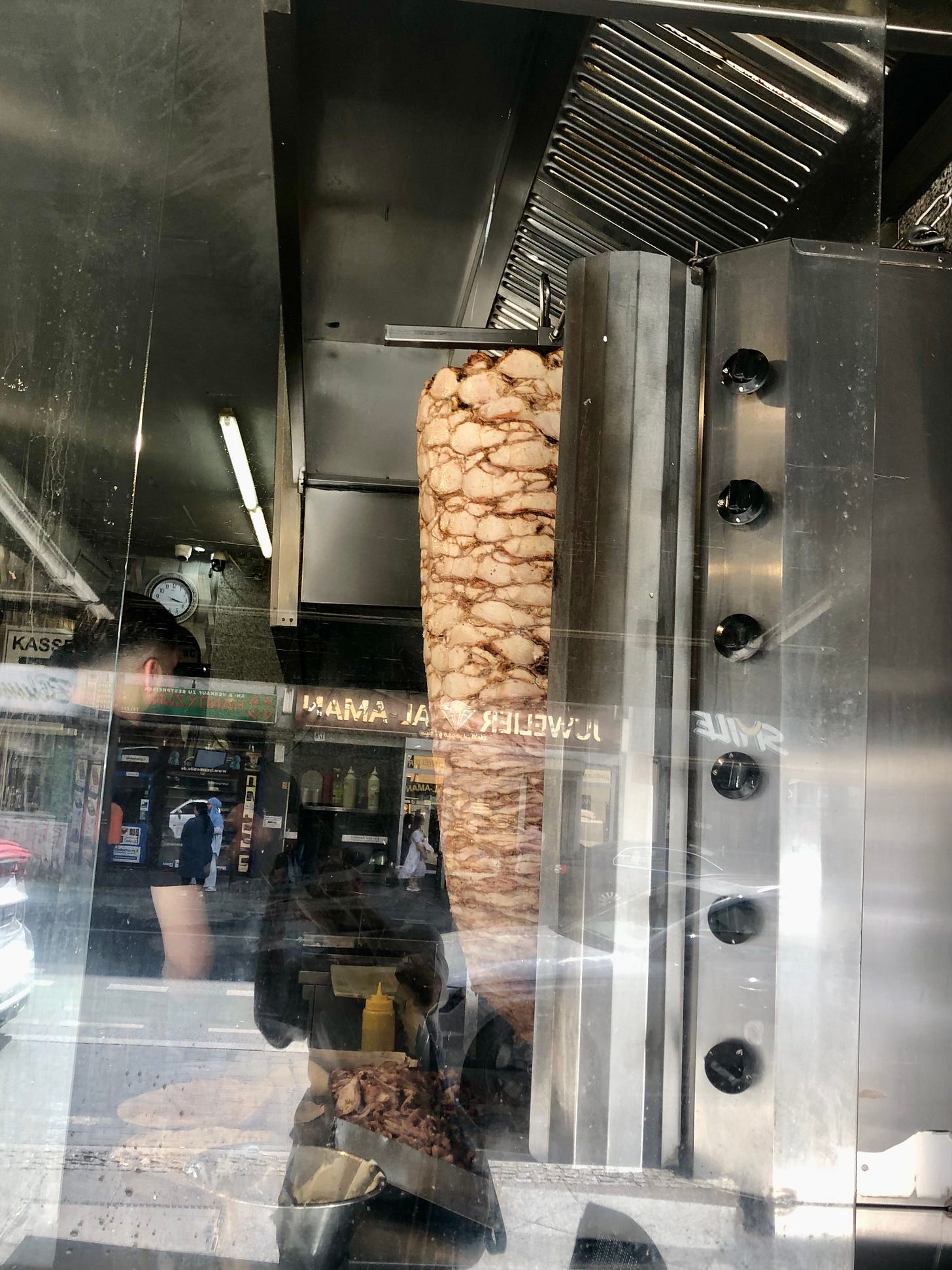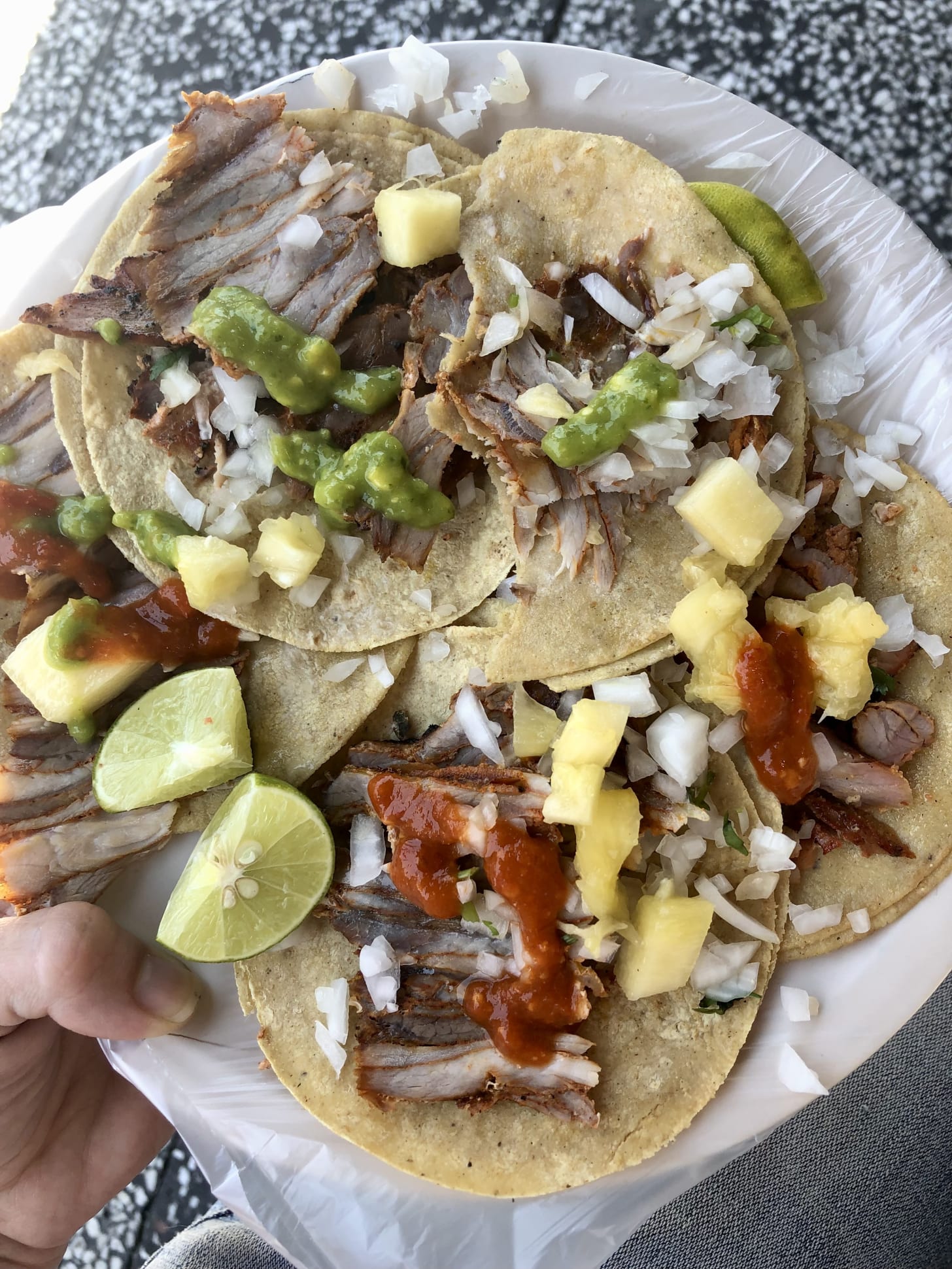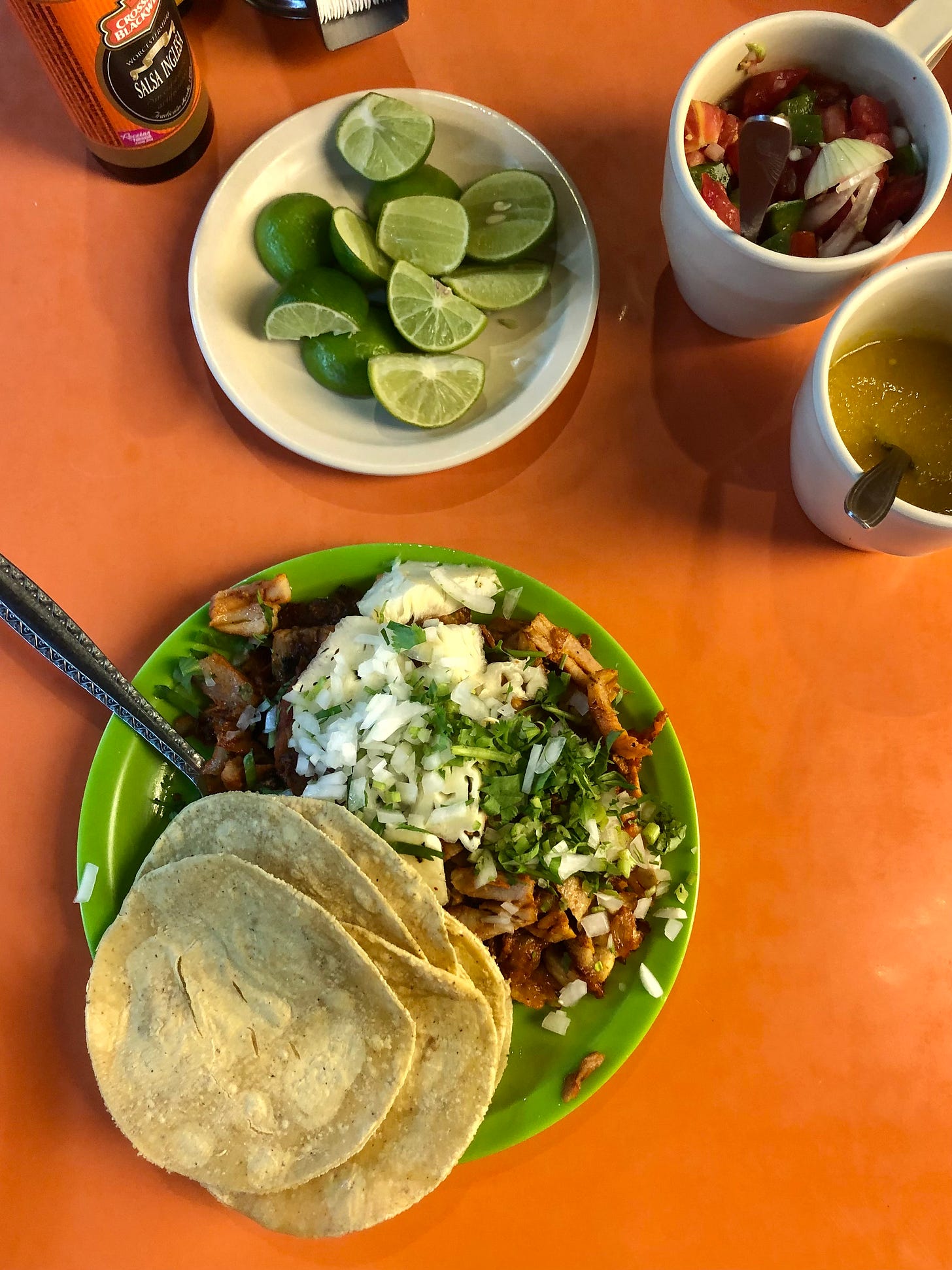Leer en español, oder Deutsch.
I think about the grand narrative of history. About how it is told to us. About all the biased and manipulated information. The paradigms chosen as banners. The wars that are invented. The enemies and fears that are fabricated. The fictions crafted for a society, a country, an era. I think about how our lives are directed by these arbitrary and even absurd fictions. Entire generations playing out a script written by a few, often without realizing it. We repeat this script. We are taught it, and we teach it, following the path to the precipice without noticing. We are even capable of respecting and defending that script. We can spend entire lives following its rules, resisting change, going in circles, chasing our own tails like lab rats, without imagining that other realities are possible.
—Nona Fernández, Voyager
At the precipice that opened between the past and present of this newsletter—which I discussed in my previous entry— the spit emerges as a constant element. As if time were winding around it, transforming through the symbols and influences that surround it. Entangled. Unstoppable. But always spinning on the same axis. The spit is balance. It is döner, it is shawarma, and it is pastor. It is Mexico, it is Berlin, and it is Gaza —along with all the ethnicities that shape them and their infinite cuisines. Cuisines of resistance, of memory, and of meaning.
In an effort to recover elements of the past necessary to rebuild the present, here are some facts and reflections that expand like concentric circles from a single axis: food. This synthesis not only looks back to reconnect stories but also sets the stage for what’s to come in this warm jícara of Atole.
FROM DÖNER TO TROMPO
In the history of gastronomy, as in history itself, dominant narratives have woven limited visions of the world —visions imposed by those who control words and facts. Food, however, speaks another language, one that cannot be manipulated.
On Rotating Meats and Cultural Appropriation
Brilliant dishes —those that transcend— are not invented overnight, nor are they the result of individual genius, but of collective, horizontal production.
(RL, “Tacos al Pastor”, Fare Magazine, No. 14, 2024, Mexico.)
My first approach to studying rotating meat spirals was not through trompo al pastor but through a reflection on Mexican cuisine and cultural appropriation.
It all began with an interview I gave for a podcast, where Mexican chef Enrique Olvera —founder of Pujol (with whom I worked years ago as Director of Press and Communications)— was also a guest. Without intending to, Olvera’s response to the topic sent me down this spiral, which I happily continue traveling, eating, and learning from (and occasionally publishing about, like the article cited in this entry, which appeared in Fare Magazine’s special issue on Mexico City and is available on their site). His comment was based on a common misunderstanding —along with other historical inaccuracies. Here’s the verbatim excerpt:
NR: There are a lot of people who think that there all these non-Mexican chefs coming to Mexico, taking the recipes of locals, and then going back to the U.S. or anywhere else in the world, and profiting of that... Years ago, you said the idea of cultural appropriation in food was absurd. Walk me through that.
EO: Well, Mexicans are fantastic at cultural appropriation, you know? Let’s talk about tacos al pastor. It’s a Lebanese kebab.
First, kebab —or more specifically, döner kebab (since kebab is a general term for different types of grilled meat, like shish kebab, to mention another)— is not Lebanese but Turkish. The Lebanese version, like that of other Arabic-speaking countries, is known as shawarma. In fact, the first adaptation of this dish in Mexico —the taco árabe poblano (precursor to tacos al pastor)— was introduced not by Lebanese families but by Iraqis.
Furthermore, tacos al pastor are not a case of cultural appropriation but of cultural assimilation —and, as I argued in my counterargument to this issue— while these concepts are not precisely opposites, their meanings run in perpendicular lines. The difference lies in the dynamics of exchange and the context of power.
Assimilation is a horizontal, collective process that arises from the encounter between communities without impositions of power: a group of Middle Eastern migrants brought shawarma to Mexico, and local culture adopted and transformed it with its own ingredients and techniques, creating something new and shared. In contrast, cultural appropriation occurs in a vertical, unequal context, when a dominant culture takes elements from a marginalized minority, often without recognition or respect, turning them into commodities or stripping them of their original meaning.
In Mexico, appropriation has often been tied to the white/mestizo dominant class, which has historically exploited Indigenous or popular practices without retribution or context.
While assimilation is a hug between cultures, appropriation is a relationship of power imbalance.
But this story of hidden meanings beneath dominant narratives has even more layers, because the assimilation of shawarma was not the first encounter between Mesoamerican and Middle Eastern culinary traditions.
The Sesame in All Moles: Traces of Islamic Cuisine in Mesoamerica
Tacos al pastor were destined to exist; they just needed a small push—made possible by this fortunate exchange between cultures, a diaspora story with a happy ending.
(RL, “Tacos al Pastor,” Fare Magazine, No. 14, 2024, Mexico.)
When the Levantine tradition of stacking meat on a rotating vertical spit arrived in Mexico, the local palate was already primed to assimilate and reinterpret this dish as its own. This was not only due to the migrations from the Levant to Mexico between the late 19th and mid-20th centuries; the first culinary encounter between these traditions had taken place some 400 years earlier, albeit in a different context and under a different narrative: European imperialism and colonization.
A significant part of the culinary influences that Mexico assimilated through Catholic convent kitchens—present in iconic dishes like moles and chiles en nogada, among many others—originated in Andalusian cuisine, and by extension, in the ingredients and techniques of Islamic culinary traditions.
But beyond flavors and cooking methods, something even deeper and more ancestral resonates between these two ancient traditions. It is a shared system of cultural codes regarding food and its relationship to nature and the cosmos. Two of its fundamental pillars are fire and cultivated land, both understood as forces of transformation, order, and continuity.

In Mesoamerican cosmovision, fire was a sacred link between the human and the divine, present in rituals such as the Fuego Nuevo ceremony and embodied in the figure of Xiuhtecuhtli, the god of heat and renewal. Similarly, in the Sassanid and Ottoman traditions, cooking with fire symbolized the transmutation of matter and the connection with the spiritual. As Rumi expressed in a verse: I was raw, I was cooked, and I was burned.
Likewise, cultivated land was more than just a productive space; it represented a model of order and balance. In the Islamic world, gardens were symbols of cosmic harmony and justice, just as in Mesoamerica, the milpa embodied interdependence and communal sustenance. This shared view of nature as the axis of human existence is also reflected in the way both cultures ritualize food: as an offering, a celebration, and an act of resistance.
So when shawarma arrived in Mexico, it did not land in foreign territory. More than just a culinary adaptation, its transformation into tacos al pastor is an echo of these deep-rooted affinities—where fire continues to tell the story, and food remains a bridge between worlds.
THE ABSENT TROMPO: WHAT’S NEXT IN ATOLE NEWSLETTER
Researching the origins of the trompo led me deep into Ottoman cuisine and its echoes in Mexico, but the journey didn’t end there. Along the way, I found something unexpected: flavors didn’t just travel from the Middle East to America —they also made their way back. In Palestinian cuisine, I discovered striking parallels with Mexican food, especially in the use of fresh green chile. In Palestine, as in Mexico, chile is more than an ingredient: it is identity and resistance against erasure. Soon, I will share more about this culinary intersection, along with a selection of recipes that now take on an even deeper significance.
But if flavors travel, so do spits. Back in Berlin —where döner kebab reigns supreme and shawarma diversifies into Lebanese, Syrian, and Egyptian variations— one thing intrigues me: here, rotating spits are everywhere, yet the trompo of tacos al pastor is missing. And without a spit, pastor is not pastor. Why, in a city that brings together so many diasporic cuisines, has this culinary story not found its place? As I explore different regional expressions of spit-roasted meat, I will continue searching for the reason behind this absence. Perhaps the answer isn’t just about food, but about the invisible hierarchies that dictate which stories are told and which remain waiting for their turn.











